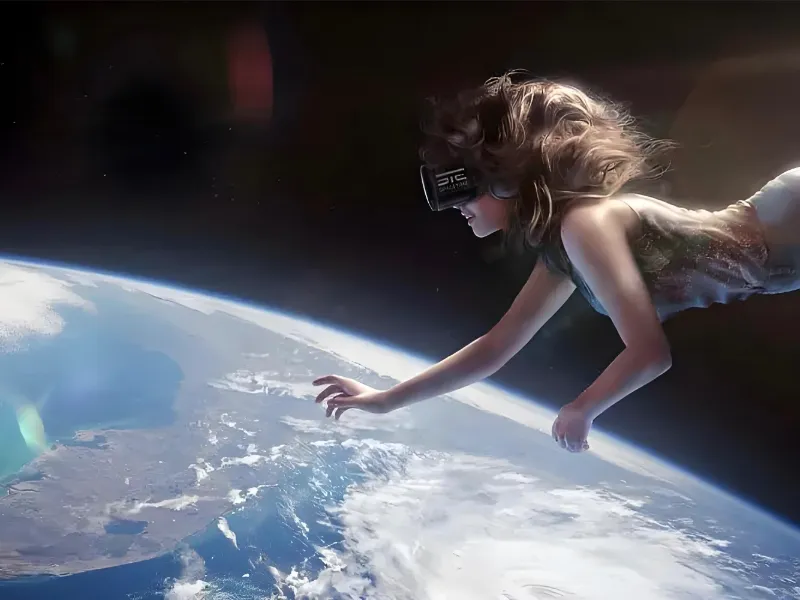- There are differences between mixed reality and virtual reality in interaction experience, technical realisation and application scenarios.
- Mixed reality and virtual reality show great potential in various industries such as education, healthcare, and industry.
In today’s rapidly evolving technology landscape, mixed reality and virtual reality represent two compelling new interactive experience technologies. Although they share common ground and are committed to improving user experience and expanding application fields, there are significant differences in their technical implementation, application scenarios and user experience.
What is mixed reality and what is virtual reality
Mixed reality (MR) is the fusion of the virtual world and the real world to create a new environment where virtual objects can interact with the physical environment of the real world. Mixed reality through transparent display technology or augmented reality glasses, virtual objects are superimposed on the real world, and users can see the real world and virtual objects at the same time.
Virtual reality (VR) is a completely virtual environment created by computer technology, and users can feel a completely different environment from the real world. With a head-mounted display or virtual reality glasses, users can be completely immersed in a virtual environment, isolated from the real world around them.
Also read: Different types of Virtual Reality (VR) technology
Also read: The history of Virtual Reality (VR) technology
Differences between mixed reality and virtual reality
1. Interactive experience: Virtual reality provides a high degree of immersion, the user is fully invested in the virtual environment, the sensory experience is very strong, but completely isolated from the real world. Mixed reality retains the user’s perception of the real world and enhances the user’s sense of reality and interaction by superimposing virtual objects or information into the real scene.
2. Technical realisation: Virtual reality mainly relies on head-mounted displays or virtual reality glasses to place users in a virtual environment through a fully enclosed way. Mixed reality requires transparent display technology or augmented reality glasses, which can overlay virtual information onto real scenes while keeping the user’s view of the real world.
3. Differences in application scenarios: Virtual reality is mainly used in games, entertainment, virtual tourism, virtual training and other fields, aiming to provide a comprehensive immersive experience. Mixed reality is more used in education, healthcare, industrial design, remote collaboration and other fields, by superimposing virtual information to enhance users’ real-world experience and productivity.
Mixed reality and virtual reality are two different kinds of augmented reality technology, their rapid development has brought profound impact on our life and work, not only in the field of entertainment and games have important applications, but also in education, medical, industrial and other industries show great potential. Understanding the differences between MR And VR helps us make better use of them.

